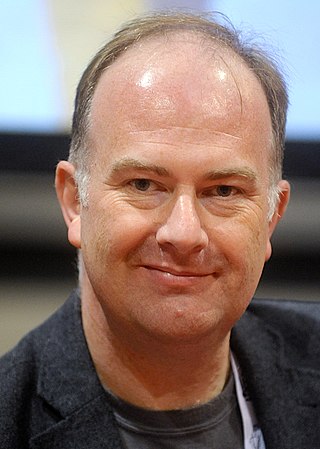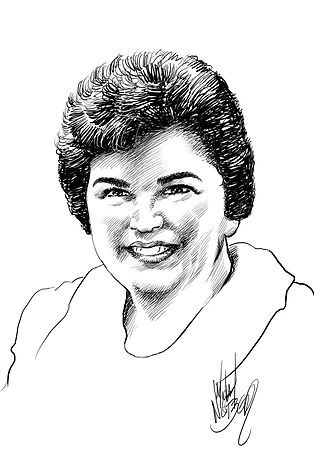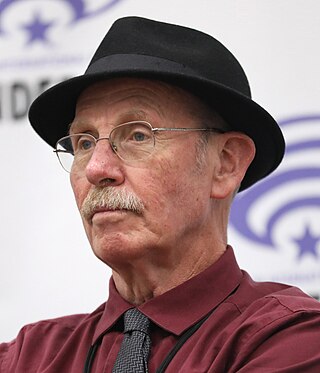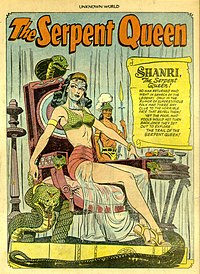
Magenta is a purplish-red color. On color wheels of the RGB (additive) and CMY (subtractive) color models, it is located precisely midway between blue and red. It is one of the four colors of ink used in color printing by an inkjet printer, along with yellow, cyan, and black to make all the other colors. The tone of magenta used in printing, printer's magenta, is redder than the magenta of the RGB (additive) model, the former being closer to rose.

Color grading is a post-production process common to filmmaking and video editing of altering the appearance of an image for presentation in different environments on different devices. Various attributes of an image such as contrast, color, saturation, detail, black level, and white balance may be enhanced whether for motion pictures, videos, or still images. Color grading and color correction are often used synonymously as terms for this process and can include the generation of artistic color effects through creative blending and compositing of different layer masks of the source image. Color grading is generally now performed in a digital process either in a controlled environment such as a color suite, and is usually done in a dim or dark environment.

Color photography is photography that uses media capable of capturing and reproducing colors. By contrast, black-and-white or gray-monochrome photography records only a single channel of luminance (brightness) and uses media capable only of showing shades of gray.
The inker is one of the two line artists in traditional comic book production.

Mark Buckingham is a British comic book artist. He is best known for his work on Marvelman and Fables.
Color printing or colour printing is the reproduction of an image or text in color.

Marie Severin was an American comics artist and colorist best known for her work for Marvel Comics and the 1950s' EC Comics. She is an inductee of the Will Eisner Comics Hall of Fame and the Harvey Awards Hall of Fame.
Tatjana Wood is an American artist and comic book colorist.

Adrienne Roy was a comic book color artist who worked mostly for DC Comics. She was largely responsible for coloring the Batman line throughout the 1980s and early 1990s.
Carl Gafford is a colorist who has worked for several decades in the comics industry. His career has spanned several publishers, including Marvel Comics, DC Comics and Topps Comics.

Steve Oliff is an American comic book artist who has worked as a colorist in the comics industry since 1978.
Matt Hollingsworth is an American comic book colorist. As of 2023, he was continuing to color comics for Marvel including such notable titles as Guardian of the Galaxy, Punisher and Doctor Strange. He lives in Croatia.
Digital Chameleon was a comic book coloring and inking studio based in Winnipeg, Manitoba, Canada. They have countless credits for a variety of publishers, and are attributed with being the first studio to make the use of the computer software program Adobe Photoshop widespread in the comics' industry. In addition to their work in the comics field, Digital Chameleon also colored animation, CD covers, posters, magazines, and advertisements.

Brian Haberlin is an American comic book artist, writer, editor and producer. He is best known as the co-creator of the Witchblade franchise and for his digital art style.
Laura DePuy is a colorist who has produced work for several of the major comics companies, including DC Comics, Marvel Comics and CrossGen.

The Academy of Comic Book Arts (ACBA) was an American professional organization of the 1970s that was designed to be the comic book industry analog of such groups as the Academy of Motion Picture Arts and Sciences. Composed of comic-book professionals and initially formed as an honorary society focused on discussing the comic-book craft and hosting an annual awards banquet, the ACBA evolved into an advocacy organization focused on creators' rights.
Electric Crayon was a digital coloring company founded by Steve Buccellato, Marc Siry and Douglas Rosen in 1992. Based in Santa Monica, California, Electric Crayon mainly served the US comic book industry, providing digital color separations for many popular Marvel, DC, and Image titles, including Generation X, Astro City, and the one-shot Batman/Punisher crossover.

The EC Archives are an ongoing series of American hardcover collections of full-color comic book reprints of EC Comics, published by Russ Cochran and Gemstone Publishing from 2006 to 2008, and then continued by Cochran and Grant Geissman's GC imprint (2011–2012), and finally taken over by Dark Horse in 2013.
Barbara Ciardo is an Italian illustrator and comic book colorist mainly active in Italian, American and French markets.
The Eisner Award for Best Coloring is an award for "creative achievement" in American comic books. It is awarded to a colorist.











